When we gaze skyward during migration season, we might catch a glimpse of geese flying in their characteristic V-formation. But how high can these remarkable birds actually fly? The altitude capabilities of geese have fascinated ornithologists, aviation experts, and bird enthusiasts for decades. From record-breaking heights above the Himalayas to the physiological adaptations that make such feats possible, geese have proven themselves to be extraordinary high-altitude performers. This article explores the truth about geese’s altitude records, separating fact from fiction, and discusses what these remarkable capabilities mean for those who appreciate the wonders of avian flight. For bird lovers, understanding these altitude achievements offers not just scientific knowledge but a deeper appreciation for these magnificent creatures that navigate our skies with such remarkable endurance.
The Record-Breaking Bar-Headed Goose
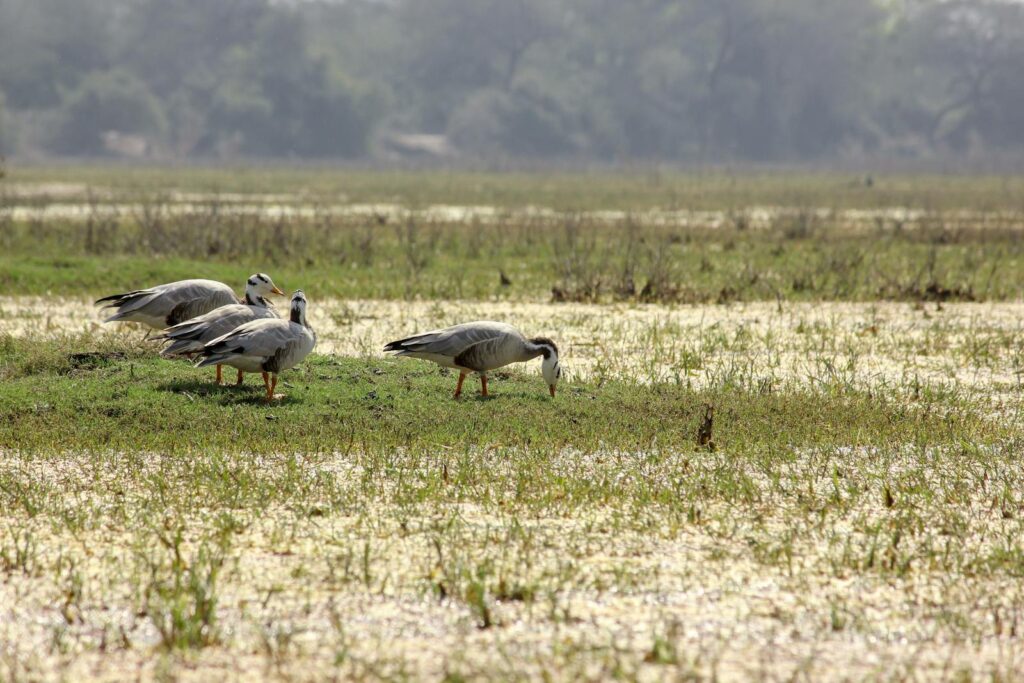
The undisputed champion of high-altitude bird flight is the bar-headed goose (Anser indicus), which has been recorded flying at elevations of up to 29,000 feet (8,800 meters) over the Himalayas during migration. This astonishing height is in the “death zone” for humans – the altitude where oxygen levels are insufficient to sustain human life without supplemental oxygen. For perspective, this is roughly the height of Mount Everest, where climbers require oxygen tanks and special equipment to survive for even short periods. These geese make this incredible journey twice yearly, flying between their breeding grounds in Central Asia and wintering grounds in South Asia, crossing the highest mountain range on Earth rather than taking longer routes around it. Their altitude achievements have made them the subject of intensive scientific study as researchers seek to understand the physiological adaptations that make such extreme flight possible.
Common Geese and Their Typical Flight Altitudes

While the bar-headed goose holds the altitude record, other goose species also fly at impressive heights. Canada geese (Branta canadensis), perhaps the most familiar to North Americans, typically migrate at 2,000 to 5,000 feet (600-1,500 meters), though they’ve been documented flying as high as 9,000 feet (2,700 meters). Snow geese (Chen caerulescens) generally maintain similar altitudes but have been recorded at heights approaching 8,000 feet (2,400 meters) during migration. Brant geese (Branta bernicla) and barnacle geese (Branta leucopsis) typically stay lower, usually keeping below 4,000 feet (1,200 meters). These more moderate altitudes still represent significant achievements for large-bodied birds, especially considering they maintain these heights for hours or even days during long migratory journeys. These typical flight altitudes represent the balance each species has evolved between energy efficiency, predator avoidance, and navigation requirements.
How Scientists Track and Verify Altitude Claims
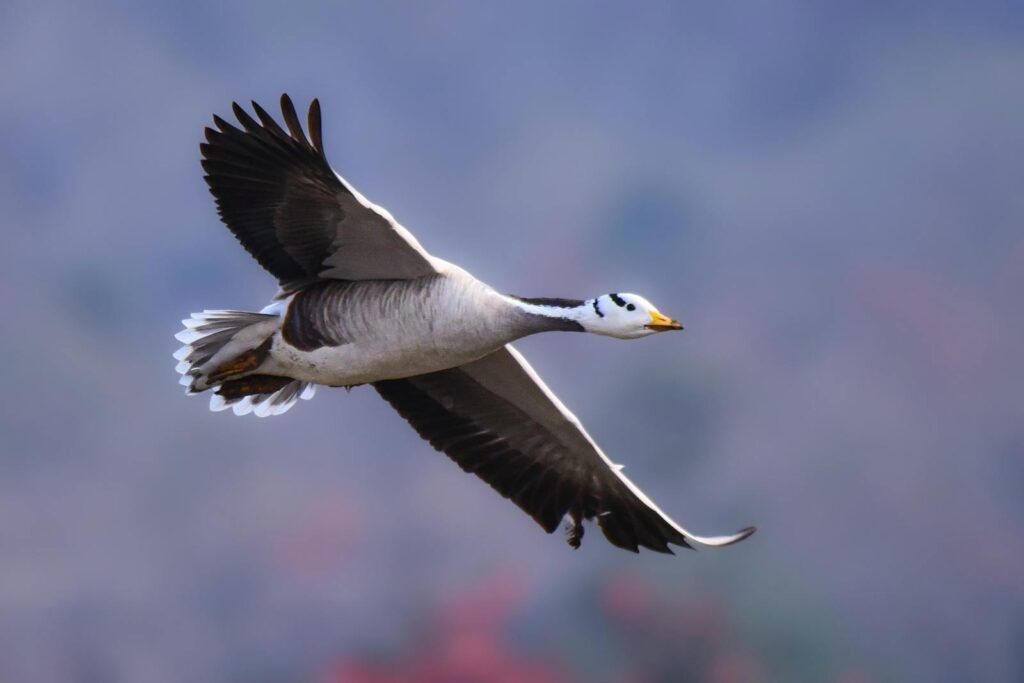
Documenting the extreme heights at which geese fly has required increasingly sophisticated tracking technology. Early altitude records came from visual observations by mountaineers and airplane pilots who reported bird sightings at known elevations. More reliable data emerged with the development of radar tracking in the mid-20th century, which could detect birds at various altitudes. Modern research employs GPS transmitters and altimeters attached to birds via lightweight harnesses, providing precise altitude, location, speed, and even physiological data in real time as birds migrate. In a groundbreaking study published in Science in 2012, researchers outfitted bar-headed geese with these sophisticated devices and confirmed flights above 7,000 meters (23,000 feet). Additional verification comes from pressure and temperature sensors that support altitude calculations, while accelerometers measure wing-beat patterns that change with air density at different heights. This multi-instrument approach has created an impressive dataset that confirms the extraordinary altitude capabilities of these birds.
Physiological Adaptations for High-Altitude Flight
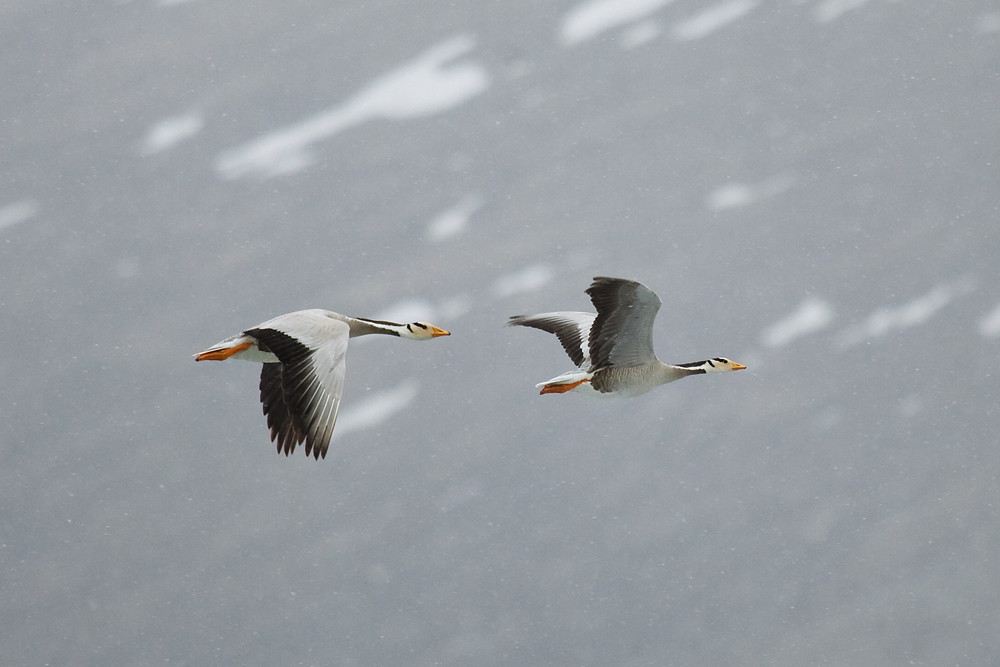
The ability of geese to fly at such extreme altitudes stems from remarkable physiological adaptations that scientists continue to study with fascination. Bar-headed geese possess specialized hemoglobin that binds oxygen more efficiently than that of lowland birds, allowing them to extract more oxygen from the thin air found at high altitudes. Their lung structure is also modified, featuring additional air capillaries that increase the surface area for gas exchange, essentially supercharging their respiratory system. These birds have larger wingspans relative to their body weight compared to their lowland relatives, which reduces the energy required for sustained flight in thin air. Perhaps most impressive is their enhanced cardiac system – their hearts are proportionally larger and pump more efficiently than those of other birds, while their capillary density ensures oxygen-rich blood reaches all tissues even during the most demanding flights. These adaptations together form an integrated high-altitude survival system that has evolved over millions of years.
The Energy Requirements of High-Altitude Migration
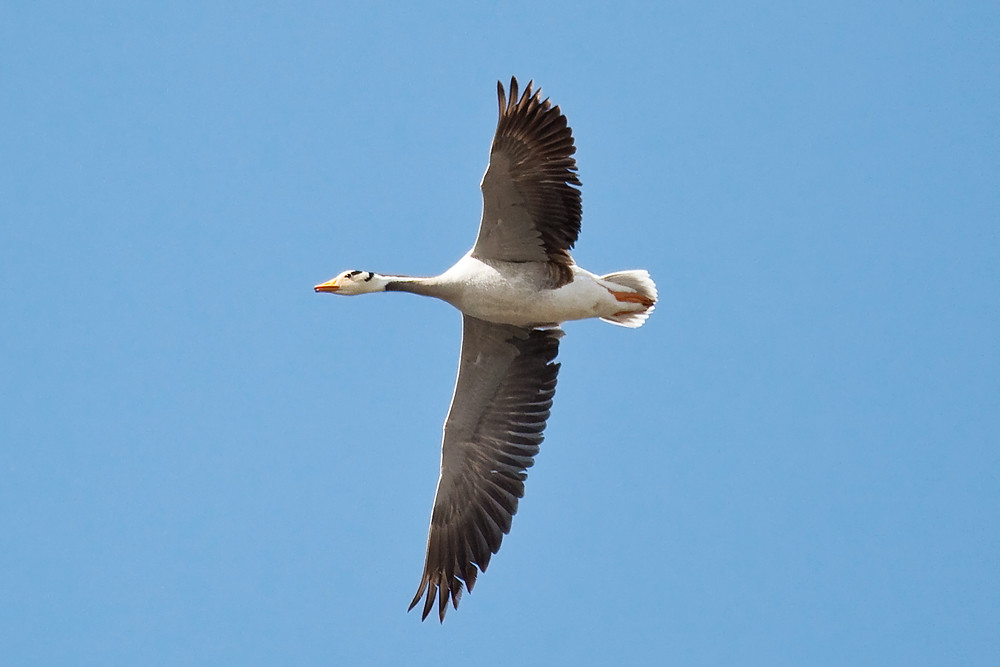
Flying at extreme altitudes demands extraordinary energy expenditure from migratory geese. Bar-headed geese can increase their metabolic rate by up to 20 times during high-altitude flight compared to resting levels, one of the highest sustained metabolic increases known in any vertebrate. To fuel these energy requirements, geese undergo hyperphagia (excessive eating) before migration, storing energy as fat that can comprise up to 30% of their body weight. Researchers have calculated that a typical bar-headed goose burns through approximately 1-2% of its body mass per hour during high-altitude flight across the Himalayas. This energy challenge is compounded by the fact that flying at higher altitudes actually requires more energy than flying at lower altitudes due to the thinner air providing less lift. Despite this seeming disadvantage, the direct route over mountains often represents a significant shortcut compared to flying around them, making the high-energy, high-altitude approach more efficient for the overall journey despite its momentary intensity.
Why Geese Fly at Such Extreme Heights
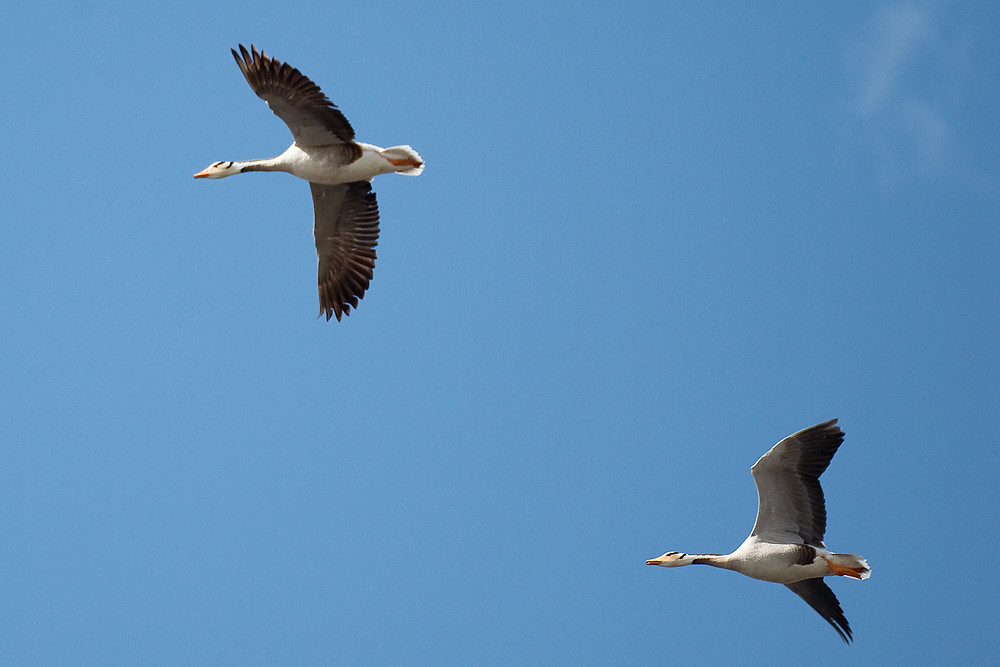
The seemingly risky strategy of flying at extreme altitudes provides several evolutionary advantages that have shaped goose migration patterns over thousands of years. By flying high over mountain ranges instead of around them, geese can take more direct routes, significantly shortening their total migration distance and saving energy in the long run. High-altitude flight also allows birds to avoid many predators that cannot reach such elevations, particularly eagles and other raptors that typically hunt below 10,000 feet. Weather considerations play an important role as well – higher altitudes often feature more predictable and stable wind conditions, particularly helpful tailwinds that can assist in long-distance travel. Research has also suggested that cooler air at altitude helps prevent overheating during the metabolically demanding activity of sustained flight. These combined benefits have made extreme altitude navigation a successful evolutionary strategy despite the physiological challenges it presents.
Comparing Geese to Other High-Flying Birds
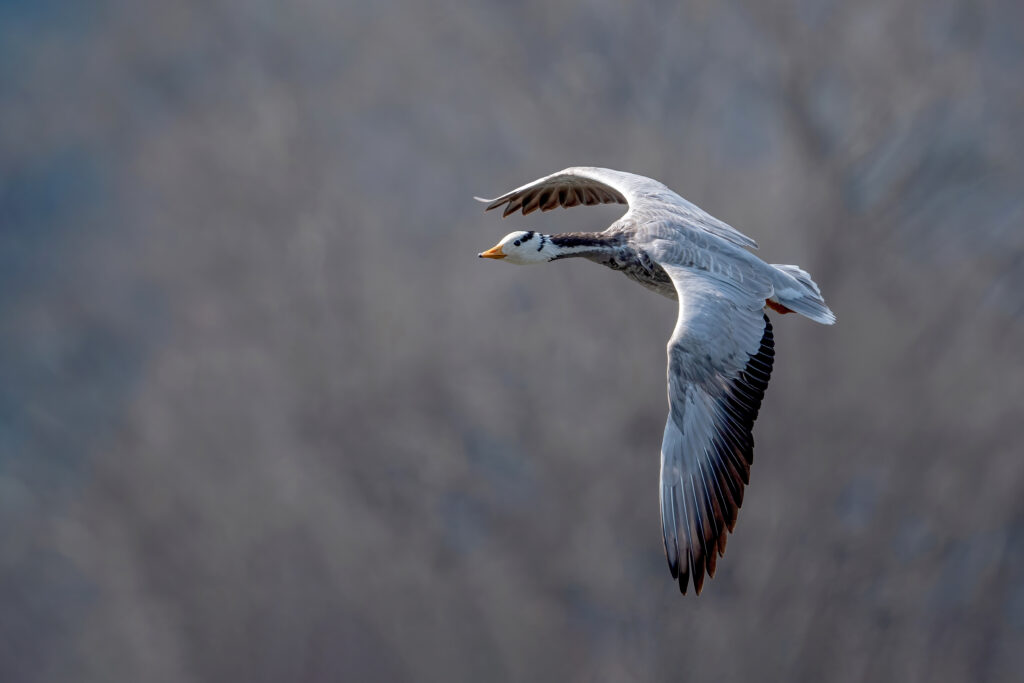
While bar-headed geese hold impressive altitude records, they share the high skies with several other remarkable avian high-flyers. The Rüppell’s griffon vulture currently holds the confirmed highest flight record of any bird, with a documented collision with an aircraft at 37,000 feet (11,300 meters) over West Africa. Common cranes regularly migrate at 20,000 feet (6,100 meters), while whooper swans have been recorded flying at 27,000 feet (8,200 meters) over Northern Ireland. Alpine choughs, mountain-dwelling relatives of crows, have been spotted at 26,500 feet (8,000 meters) near Mount Everest. Among smaller birds, the alpine swift can reach altitudes of 20,000 feet (6,100 meters) and has been documented staying aloft for up to six months without landing. What distinguishes geese from many of these other high-flyers is their heavier body mass – larger birds typically require more energy for flight, making the altitude achievements of geese even more remarkable from a biomechanical perspective.
The Dangers Faced at Extreme Altitudes
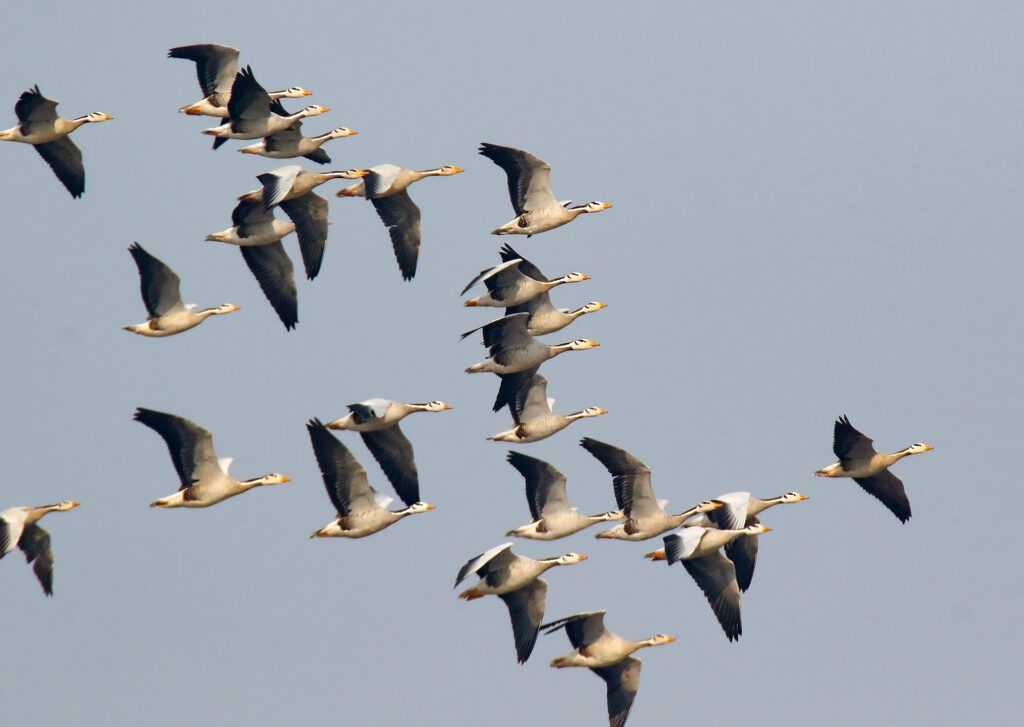
Flying at extraordinary heights exposes geese to several potentially fatal hazards. Perhaps the most immediate danger is the severely reduced oxygen availability – at 29,000 feet, oxygen levels are approximately one-third those at sea level, creating conditions that would quickly incapacitate humans without supplemental oxygen. Temperatures at these altitudes regularly plunge below -40°F (-40°C), requiring significant metabolic heat production to prevent hypothermia. Geese also face unpredictable high-altitude winds that can exceed 100 mph, potentially throwing birds off course or causing dangerous turbulence. Another serious threat comes from sudden weather changes common in mountain environments, where clear skies can rapidly transform into blizzard conditions with zero visibility. Research indicates that mortality rates during high-altitude migration segments are higher than during other portions of migratory journeys, with exhaustion, disorientation, and exposure being primary causes of death. Despite these formidable challenges, the evolutionary advantages of the mountain crossing strategy have outweighed the risks over time.
Seasonal Variations in Flight Altitude
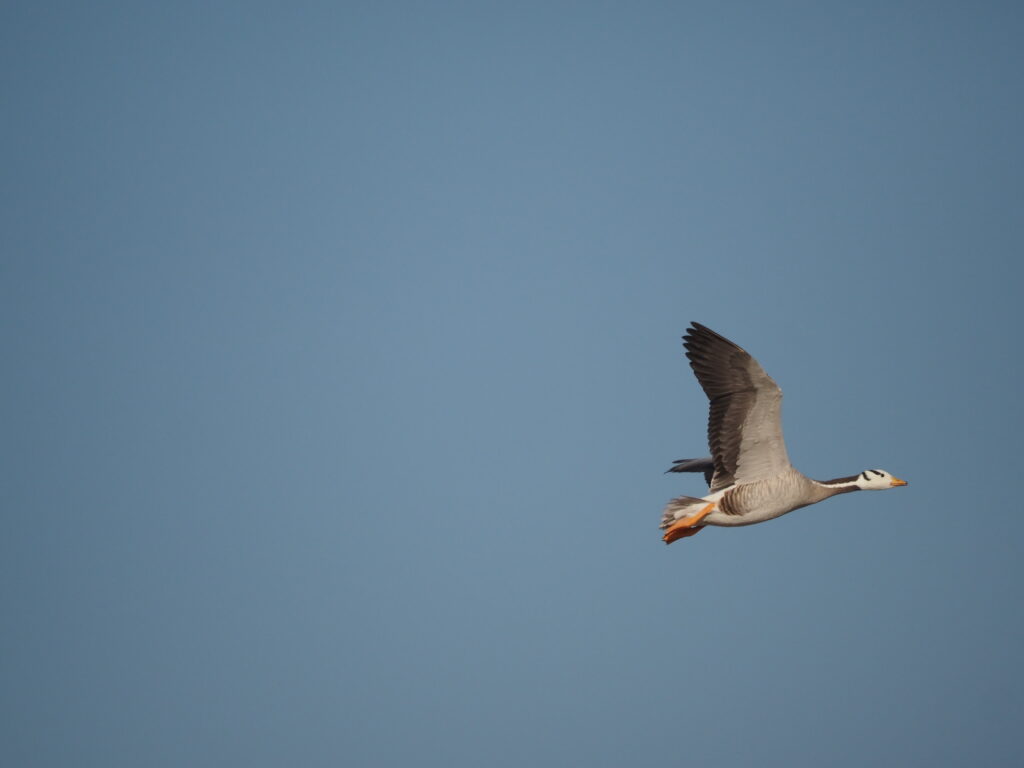
Research has revealed that geese don’t maintain consistent flight altitudes throughout the year, but rather adjust their elevation strategies according to season, weather, and migration direction. Bar-headed geese typically fly higher during their northward spring migration to breeding grounds than during their southward fall return to wintering areas. This seasonal difference appears to be related to prevailing wind patterns – spring migrations often benefit from favorable tailwinds at higher altitudes. Scientists have also noted that geese adjust their altitude throughout the day, often flying higher during daylight hours when thermal updrafts provide free lift, then descending to lower altitudes at night when these thermal advantages disappear. Weather systems heavily influence these decisions, with birds sometimes waiting days for favorable conditions before attempting mountain crossings. Radio-tracking studies reveal that individual birds make in-flight adjustments based on air turbulence, cloud cover, and precipitation, demonstrating remarkable sensitivity to atmospheric conditions and an ability to adapt flight parameters to current conditions.
Climate Change Effects on High-Altitude Migration
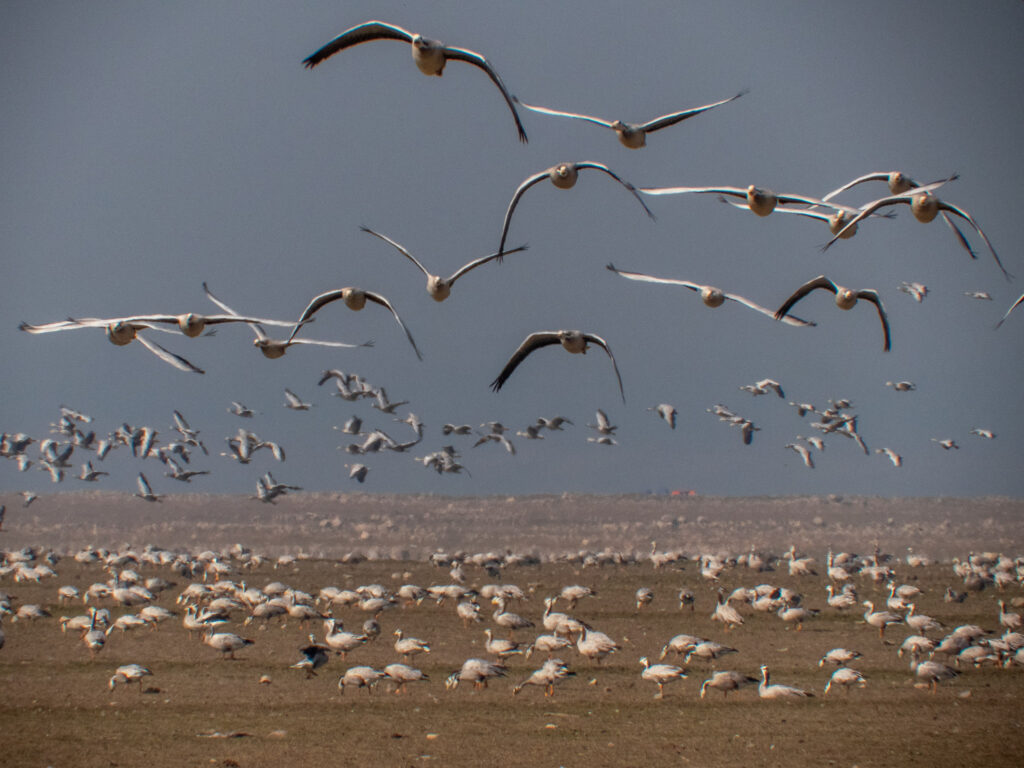
Climate change is already altering the conditions encountered by high-flying geese, potentially reshaping migratory behaviors that have evolved over millennia. Rising temperatures are changing wind patterns across mountain ranges, particularly affecting the predictable air currents that geese have historically relied upon for efficient high-altitude crossings. Glacial retreat in the Himalayas and other mountain ranges is modifying traditional landmarks used for navigation while also eliminating important rest stops where birds previously found water. More frequent and intense storms at high altitudes increase the hazards of mountain crossings, potentially raising mortality rates during migration. Researchers tracking bar-headed geese migrations over the past two decades have noted subtle shifts in both timing and routes, with some populations beginning to favor lower-altitude passes through mountains rather than the highest crossings documented in earlier studies. These adaptations suggest an impressive behavioral plasticity, but also raise questions about whether there are limits to how quickly birds can adapt to rapidly changing atmospheric conditions.
What Bird Watchers Can Observe from the Ground
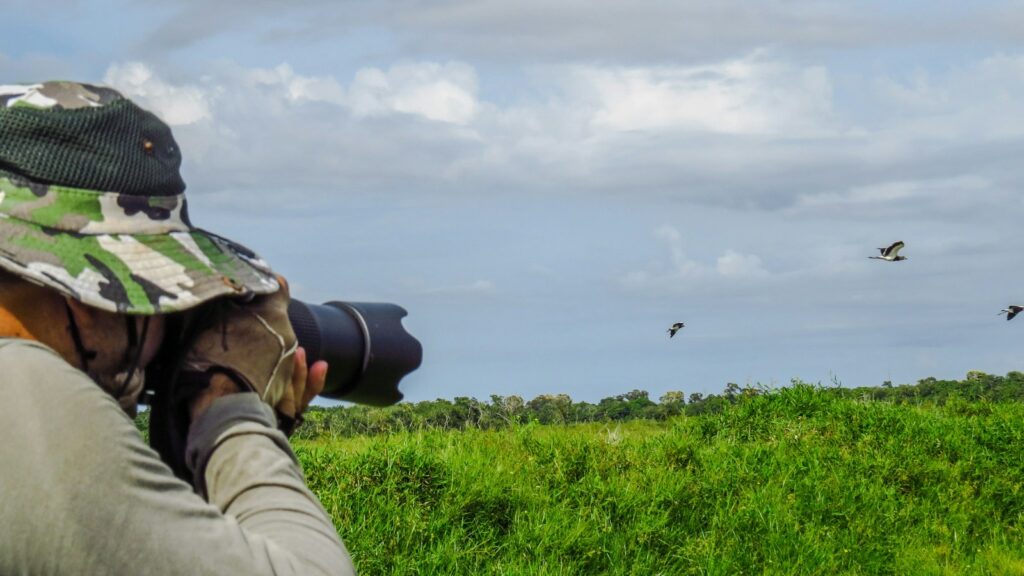
For bird enthusiasts hoping to witness high-altitude goose migration, certain viewing strategies can increase chances of observing these remarkable journeys. The most obvious visual cue is the classic V-formation, which becomes visible even when birds are flying at considerable heights – good binoculars can reveal these formations at distances of a mile or more. Dawn and dusk often provide the best viewing opportunities as migrating geese frequently change altitude during these transition periods, sometimes descending to more visible heights. Mountain passes and valleys that channel migratory pathways create natural bottlenecks where observers can position themselves for optimal viewing. Dedicated bird watchers often consult migration calendars that predict when specific populations will be passing through particular regions, with peak movement periods typically occurring in March-April and September-October for many Northern Hemisphere species. While the highest-altitude portions of migrations may occur out of visual range, patient observers at strategic locations can still witness remarkable flight behaviors and formation changes that hint at the extraordinary journey taking place.
Conservation Implications of Altitude Research
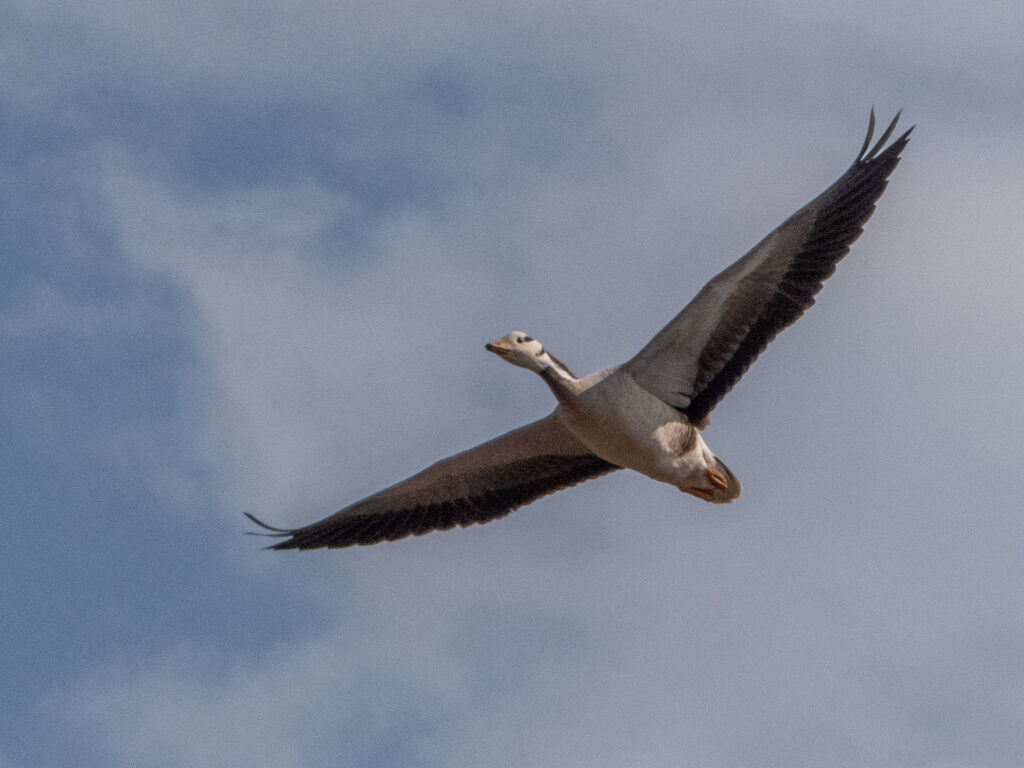
The study of high-altitude goose migration has yielded valuable insights for conservation efforts aimed at protecting these remarkable birds and their migratory routes. Research on flight paths has identified critical stopover sites where birds rest and refuel during journeys, many of which now receive protected status under international conservation agreements like the Ramsar Convention on Wetlands. Understanding the physiological demands of high-altitude flight has highlighted the importance of undisturbed pre-migration feeding grounds, where birds build essential fat reserves for their arduous journeys. Altitude tracking data has revealed previously unknown migration corridors that now inform the placement of wind farms and other aerial structures to minimize collision risks. Conservation scientists are also using altitude capabilities as an indicator of species health – populations that consistently fly lower than historical records might be experiencing physiological stress from pollution, disease, or habitat degradation. The precision of modern tracking technology allows conservationists to monitor subtle changes in flight behavior that could serve as early warning signs of population threats, enabling more proactive protection measures.
What High-Flying Geese Teach Us About Biological Limits
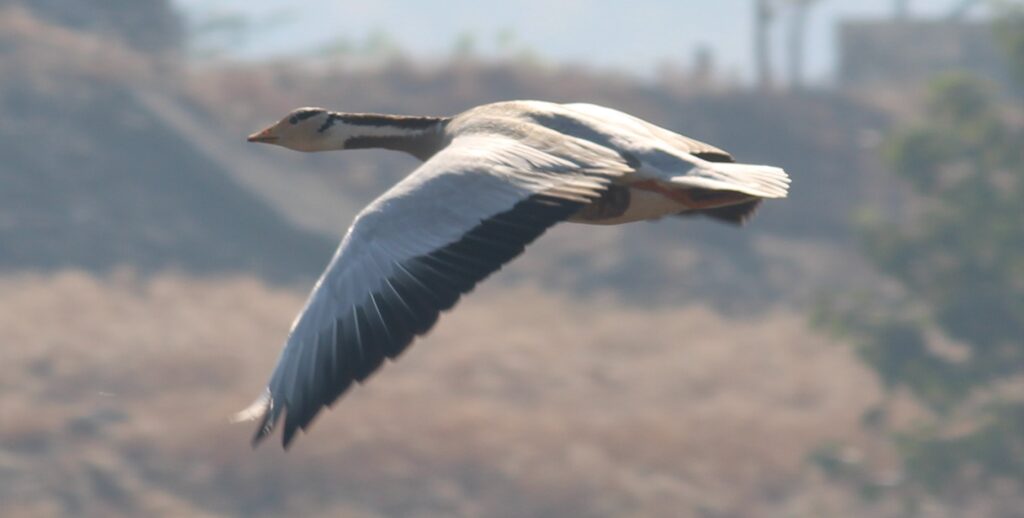
The extraordinary altitude achievements of geese are pushing scientists to reconsider fundamental assumptions about biological limitations. The ability of bar-headed geese to function in oxygen conditions that would quickly incapacitate humans has inspired medical researchers studying hypoxia tolerance and treatment. Their efficient respiratory systems have influenced the design of aircraft ventilation systems and even certain medical breathing devices. The energy efficiency of V-formation flying, particularly at high altitudes, has informed aerospace engineering principles and drone swarm technology development. Perhaps most profoundly, high-altitude goose flight demonstrates nature’s remarkable capacity to evolve specialized adaptations for extreme environments, offering hope that other species (including potentially humans) might possess greater adaptability to changing conditions than previously thought. As one researcher poetically noted, “Every time we think we’ve found the ceiling of what biology can achieve, a bar-headed goose flies right through it,” a testament to nature’s extraordinary capacity to overcome seemingly insurmountable environmental challenges.
The altitude achievements of geese represent one of nature’s most impressive feats of biological engineering and evolutionary adaptation. From the bar-headed goose’s Himalayan crossings at elevations that would kill an unprotected human within minutes to the seasonal migrations of familiar Canada geese passing overhead, these birds demonstrate remarkable capabilities that continue to inspire scientific inquiry. For bird lovers, knowing the truth about these altitude records offers a deeper appreciation when watching geese in flight. The next time you observe a V-formation crossing the sky, consider the remarkable journey those birds might be undertaking and the extraordinary physiological gifts they possess. In our increasingly technology-dominated world, the simple yet profound biological achievements of these high-flying travelers remind us of nature’s ingenuity and the many mysteries of avian life that still remain to be fully understood.
